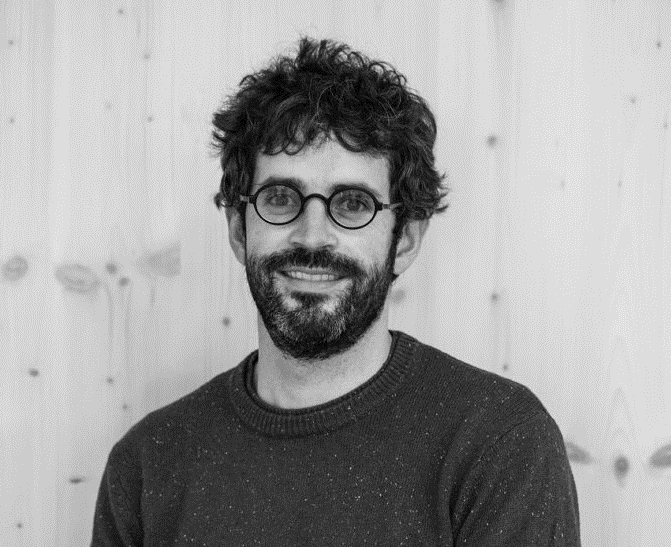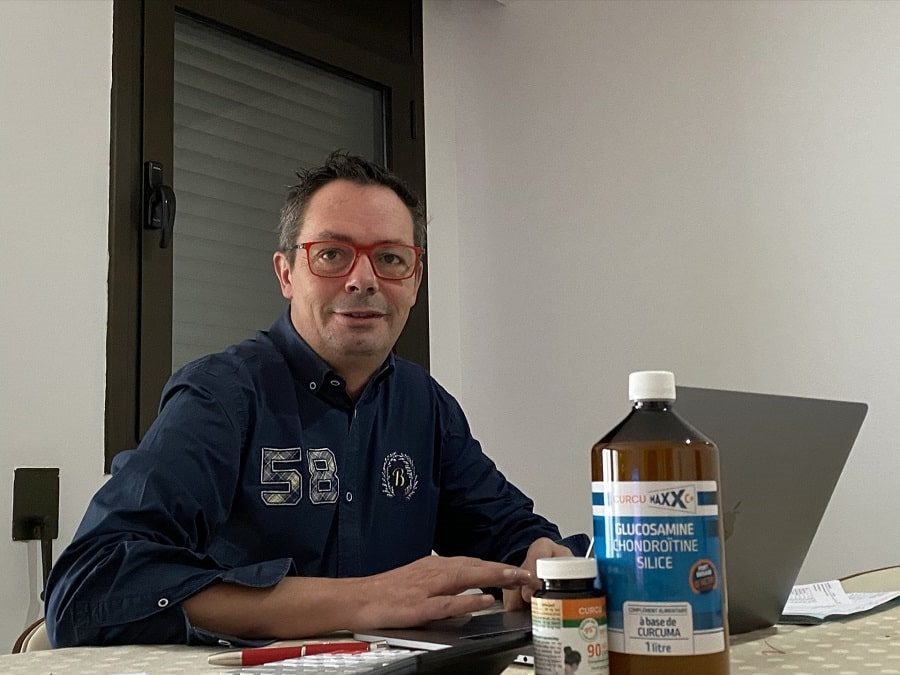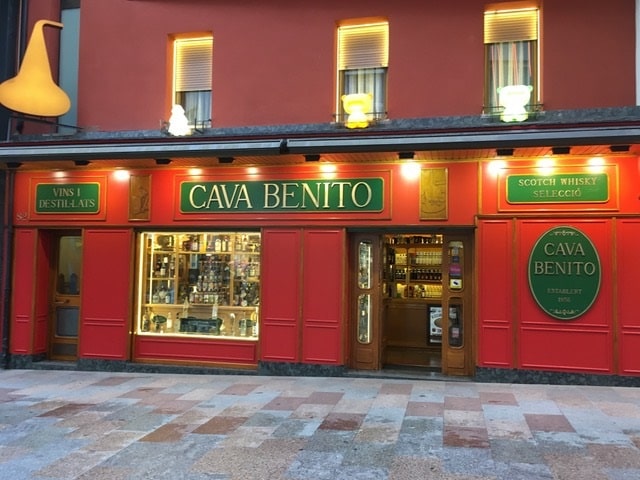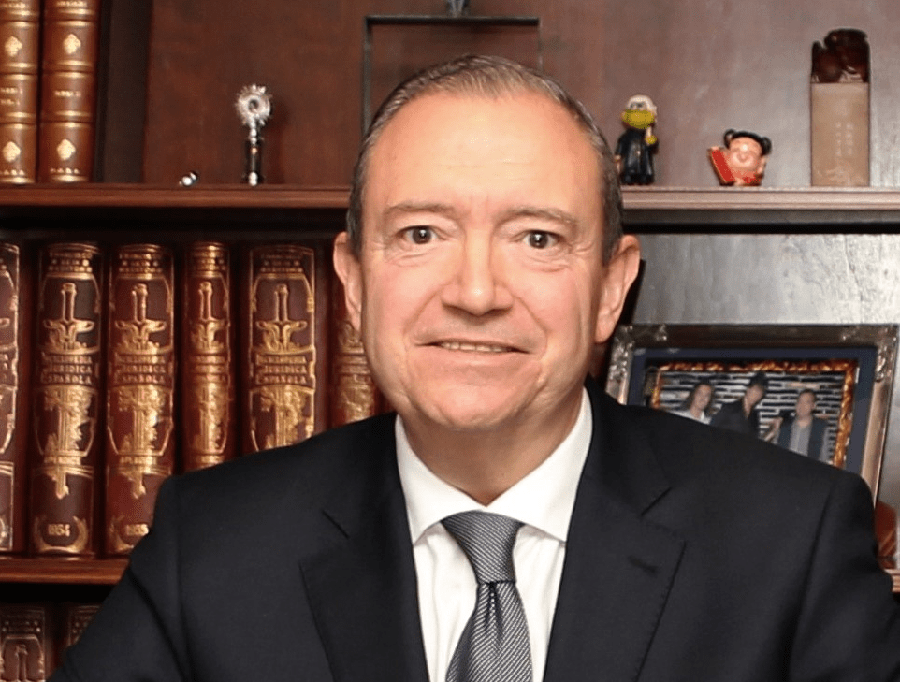The University of Girona (UdG), part of the Catalan public university system, is dedicated to teaching and research, participating in the progress and development of society through the transfer and dissemination of science, technology, humanities, social and health sciences and the arts.
Rector Quim Salvi holds a degree in Computer Science from the Universitat Politècnica de Catalunya, a Doctorate in Industrial Engineering – Extraordinary Engineering Award – from the University of Girona, Professor of Architecture and Computer Science, Researcher at the Computer Vision and Robotics Research Group (VICOROB) and visiting professor at the Ocean Systems Laboratory of Heriot-Watt University (UK). He is also the principal investigator of several national and European competitive research and technology transfer projects in computer vision and underwater robotics.
Quim Salvi explains how the University functions and shares his impressions of the role of artificial intelligence in education.
Interview: Irina Rybalchenko
What educational programs are offered at the University of Girona (UdG)?
The University of Girona offers studies in all fields, including arts and humanities, social, legal and natural sciences, architecture and technology and health sciences. UdG’s areas of specialisation are represented by sectoral campuses, although we also have very visible activities in other areas that are not part of them. The campuses, created with the support of Fundació Girona Regió del Coneixement, focus on water resources, tourism, food and gastronomy, communication, health, cultural and natural heritage, composite materials, industrial technology, robotics and social cohesion and commitment.
UdG looks like a university campus, doesn’t it? Do you have a lot of international students studying here? What countries are they from?
We have more than 15,000 students, and it’s, indeed, a campus already. UdG welcomes students of all nationalities. 80% of the students come from the Girona regions and Catalonia in general, but also from Catalan-speaking regions and other countries – France, Italy, Colombia… We currently have 40 students from Andorra.
UdG has historically maintained a very strong relationship with Andorra; thus, UdG has been involved in many POCTEFA projects that link the states of France, Spain and Andorra. Does UdG still support POCTEFA projects on the quality of mountain rivers, tourism research and natural heritage? Please tell us about the UNIVERS project, a network of cross-border universities.
UdG has historically maintained a very strong relationship with Andorra, as the border area is one of the fundamental axes of our internationalisation strategy. There are two POCTEFA projects: one focuses on lifelong learning and the other on the quality of mountain rivers, especially in regards to the presence of plastic. In Andorra, UdG has developed research projects in tourism, natural heritage, art, administrative sciences and education.
Proof of the link between UdG and Andorran institutions is the UNIVERS project, a network of cross-border universities that participated in the Erasmus KA2 competition for European universities.
Are there any government scholarship programmes for talented students? Are there any programmes to support international students? What kind of scholarships do students receive today?
In the 2022-2023 academic year, 30 grants worth €180,000 were awarded. A total of 8,000 euros have been allocated for the Santander Estudios – Progreso program. This year, 14 emergency grants were awarded for a total of €20,204.53. The contribution of La Caixa and Caixabank to these grants amounted to 10,000 euros.
In addition, financial support was provided to five students affected by the conflict in Ukraine – they were able to continue their higher education. Catalan language courses were also offered to five students.
UdG grants for research amounted to 1,160,377.59 euros, and grants from the Generalitat of Catalonia for research training amounted to 719,100.79 euros (FI) and 479,803.55 euros (FI-SDUR).
State aid was distributed as follows:
– 612,651.61 euros allocated for the training of university teachers (FPU) – Ministry of Universities.
– 686,882.14 euros allocated for the training of scientific personnel (FPI) – Ministry of Science and Innovation.
What is the percentage of students who find a job after completing their studies at your university? Do you have an agreement with any companies or a job search support system?
Supporting students in their employment is one of our main objectives. For this reason, we have developed an extensive programme of training internships. The job search support system is managed from the Universitat Empresa office through JobTeaser, a customisable support platform for companies and institutions to manage job offers and requirements and to publish announcements of events and conferences related to employability.
It currently has 600 European universities, 70,000 companies and 2.5 million students and graduates participating. UdG has a programme dedicated to entrepreneurship, which is related to the School of Competences, and a career guidance programme with experienced staff, which offers activities to support – through training, group and individual sessions – labour market integration.
What is the UdG 2030 strategic plan regarding artificial intelligence?
UdG wants the new paradigm of the sum of intelligences to fully prioritise people. In a future that will be defined by a combination of natural intelligence, collective intelligence and artificial intelligence, it is necessary to think more about the growth of humanity than about the loss of the importance of humans in the face of technology. “Sum of Intelligences” wants to be a determined bid to achieve a form of learning that is far from the programmed obsolescence of learning.
You are a visiting professor at the Ocean Systems Laboratory, Heriot-Watt University (UK). Please tell us about your recent research in computer vision, medical imaging and underwater robotics.
During the 2007-08 academic year, I had a sabbatical and decided to intensify my research collaboration with Heriot-Watt University (HWU). I went to live in Edinburgh for a year to join their Ocean Systems Laboratory. My research on seafloor image processing for autonomous navigation of underwater robots focuses on the development of computer vision algorithms and methods for industrial processes, medical imaging and underwater robotics. Currently, I am particularly focused on the development of magnetic resonance image (MRI) processing algorithms for medical applications.











